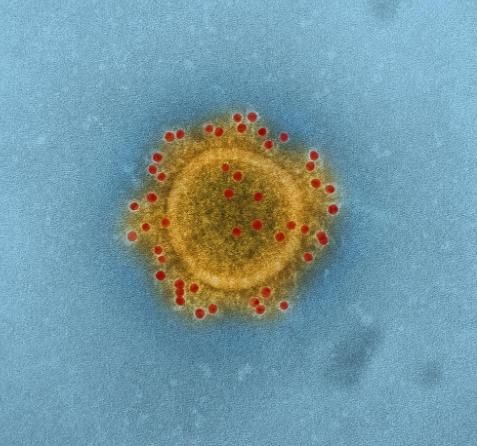How COVID-19 Might Spread Through 2021
A team of investigators lay out 3 scenarios for the global pandemic duration—based on previous pandemic learning and public health adherence.

The world should be prepared for waves and hotspots of coronavirus 2019 (COVID-19) to continue for the next 2 years. But similarities between the pandemic and past influenza pandemics can help alter the future of the disease’s progression, according to the latest Center for Infectious Disease Research and Policy (CIDRAP) Viewpoint.
CIDRAP, part of the Academic Health Center at the University of Minnesota, was created to prevent illness and death from targeted infectious disease threats through research and the translation of scientific information into real-world, practical applications, policies, and solutions.
The CIDRAP Viewpoint working group from the University of Minnesota outlined pandemic scenarios in order to add information and address viewpoints to shed more light on these topics. The authors explained that they wanted to help planners “envision some of the situations that might present themselves later this year or next year, so that they can take key steps now, while there’s still time.”
They also discussed topics such as crisis communication, testing, contact tracing, surveillance, supply chains, and epidemiology issues and areas for further research.
The most direct comparison that could be made to the current COVID-19 crisis is pandemic influenza, which happened 4 times since 1900: 1918-19; 1957; 1968; and 2009-10. Learning from those past pandemics can help shape the future of the COVID-19 pandemic, authors wrote.
Epidemiologically, pandemic influenza and COVID-19 both had little pre-existing immunity when introduced to the community, which lead to worldwide susceptibility, authors wrote. They spread similarly as well: through the respiratory system via large droplets, as well as smaller aerosols.
However, there are significant differences, such as incubation period (approximately 2 days for influenza, 5 days for COVID-19), and the fact that up to a quarter of COVID-19 cases may be asymptomatic (much more than influenza). Viral shedding also differs between the two.
The authors wrote that estimates put peak viral shedding for COVID-19 patients at the time of symptom onset or even before, while influenza viral shedding peaks within the first 1-2 days after symptom onset—as seen with the H1N1 pandemic.
The reproductive number (R0) for influenza has varied by pandemic, but it was consistently estimated at ≤2. Even severe pandemic influenza has been less transmissible than COVID-19, which had an R0 of approximately 2.0 - 2.5 in China in its earliest estimates, the study authors said.
The authors presented 3 scenarios that could be the future of COVID-19 in the world.
In the first scenario, smaller waves could occur through the summer and then consistently over a one- to two-year period, they said. The virus may diminish sometime in 2021, they said, but the hotspots may vary geographically and depend on what mitigation steps are adhered to.
In the second scenario—which is the worst-case scenario—there are larger waves of COVID-19 activity in the fall or winter of 2021 and subsequent, smaller waves through 2021. This would require more significant mitigation measures in the fall season to flatten the curve of infection, and to prevent health care systems from being overwhelmed. This is similar to what was seen in the 1918-19 influenza pandemic, where a small wave was first, in fall 1918, followed by a much larger peak in winter and spring 1919, which subsided by summertime and signaled the end of the pandemic.
In the third scenario, there could be a “slow burn” of ongoing transmission and case occurrence but without a clear wave pattern. This could be geographically influenced or dictated by mitigation measures in various areas. This was not observed for prior flu pandemics, but remains an option for COVID-19, the authors wrote
“This third scenario likely would not require the reinstitution of mitigation measures, although cases and deaths will continue to occur,” they wrote.
No matter what happens, the authors suggested planning for the worst-case scenario, which would include no vaccine or herd immunity. Government agencies and health care delivery organizations should create plans and strategies to protect health care workers and identify triggers for stay-at-home measures when peaks occur.
Messaging from government agencies should incorporate the concept that this pandemic may not be over soon, and citizens should be prepared for resurgences and waves over the next 2 years, the authors concluded.
“Whichever scenario the pandemic follows (assuming at least some level of ongoing mitigation measures), we must be prepared for at least another 18-24 months of significant COVID-19 activity, with hot spots popping up periodically in diverse geographic areas,” they wrote.
